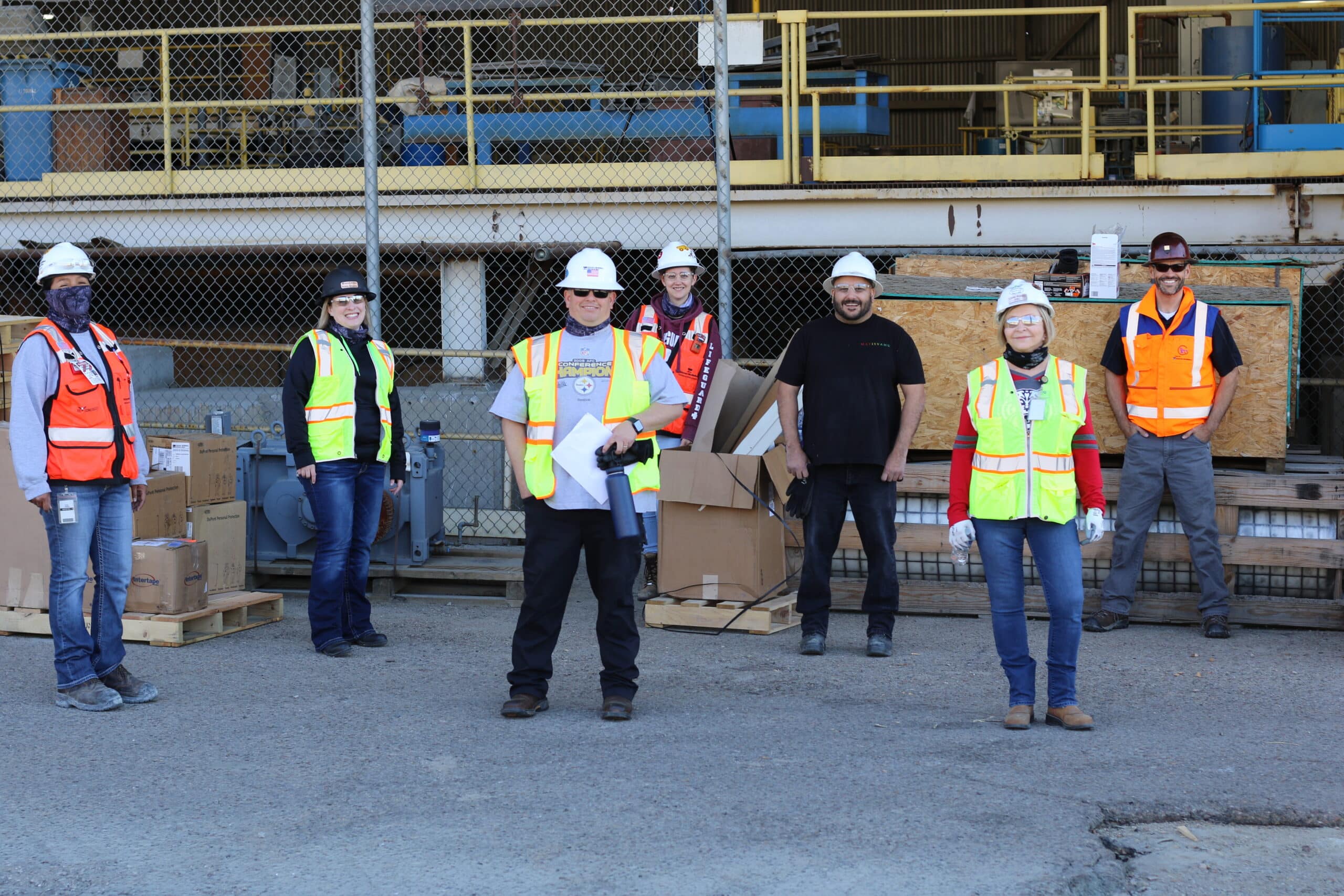Worker safety is crucial to responsible copper production. A critical safety parameter is the Occupational Exposure Limit (OEL), or the number of copper particles that can be in the air without physically or mentally affecting the worker. While copper is a naturally occurring element essential to the human body, continued exposure to copper particles in the air can have long-term adverse effects. Occupational exposure to copper particles may occur during the mining, smelting and refining processes of copper production. OELs ensure worker health is protected, and these limits must be tested and determined through scientific study. The International Copper Association (ICA) has commissioned research to examine the effects of exposure to airborne copper particles to help determine safe and optimal OELs.
Peer-Reviewed Studies on Copper Exposure in the Workplace

EXPOSURE TO COPPER-CONTAINING DUST PARTICLES: NO DETECTABLE ADVERSE EFFECT
A long-term medical surveillance study published in the Journal of Occupational and Environmental Medicine concluded there was no detectable effect of copper-containing dust particles on lung health or chronic inflammation among the 104 German copper smelter workers who participated in the study when compared to 70 of their colleagues who worked in the same facility with different metals. This study tracked worker health for a total of 22 years from 1972 to 2018.
BIOMARKER STUDY OF SMELTER WORKERS: NO ADVERSE EFFECTS FROM COPPER-CONTAINING DUST EXPOSURE
In 2019, follow-up research of the same German copper smelter workers examined the effects of copper particles in dust on biomarkers (via a blood and sputum analysis) connected to lung function and inflammation. The biomarker study also found there were no detectable effects from the copper-containing dust particles.


REPEATED DOSAGE OF COPPER COMPOUNDS FOUND TO BE NON-TOXIC IN RAT STUDY
A peer-reviewed study published in Toxicology examined the effects of repeated doses of two common copper compounds (e.g., Cu2O dicopper oxide and CuSO4.5 H2O copper sulphate pentahydrate) in rats over a period of 2 weeks followed by a 13-week recovery period. A longer study was conducted on just the Cu2O compound over a 28-day period. The studies aimed to evaluate whether respiratory toxicity resulted from continued exposure to copper in the air. The rats demonstrated some inflammation at the cellular level, but this was deemed to be a result of a localized and natural adaptive response, resolving itself fully during the recovery period. No adverse effect or toxicity was observed in the 14-or 28-day studies.
Copper is essential to the modern world.
Learn more about copper's uses in sustainable development.

